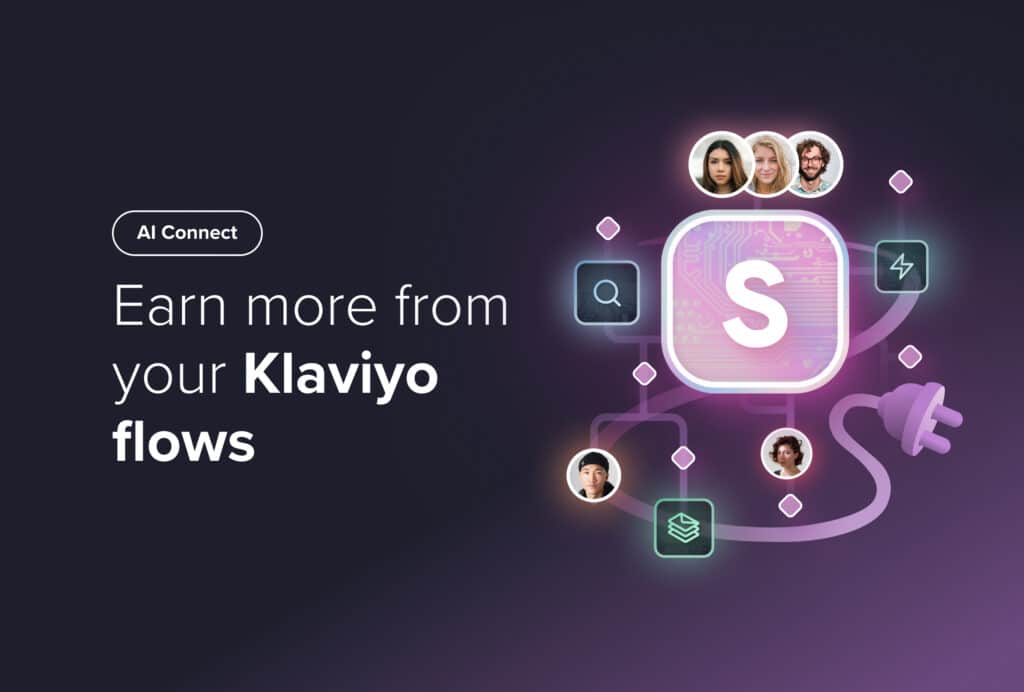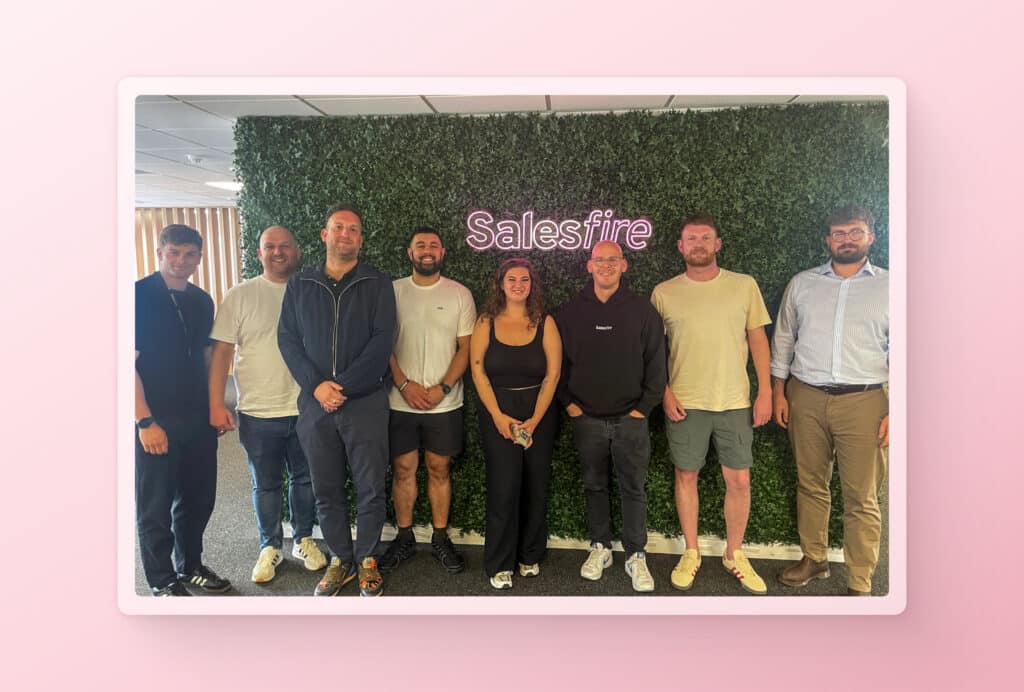Injecting Empathy into the Customer Journey
By Laura Taylor • Last updated: Monday Jun 17th, 2024
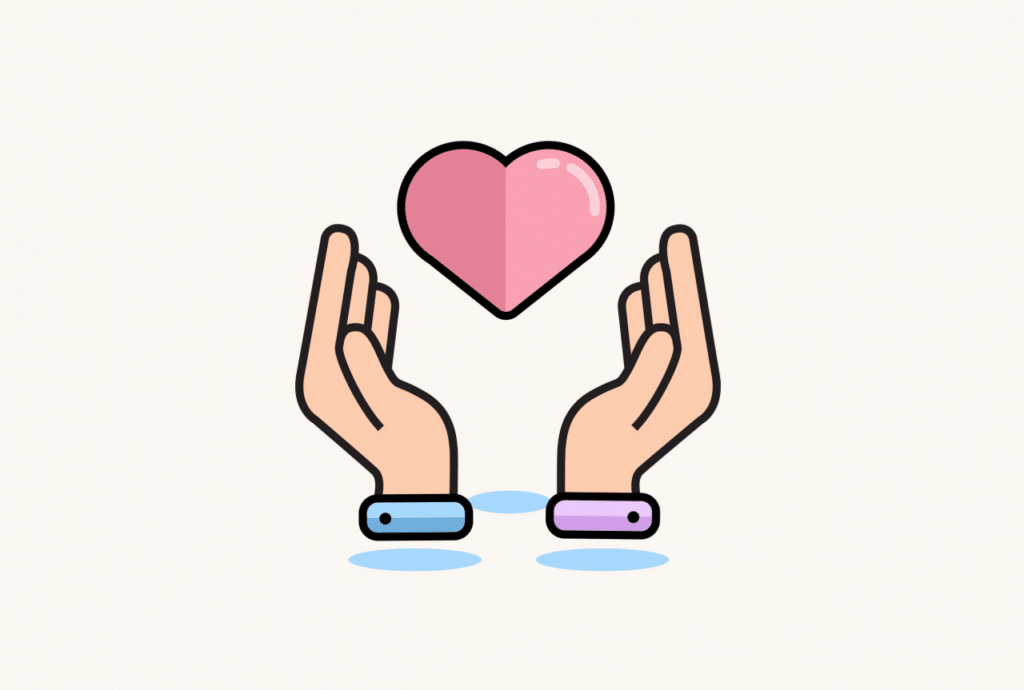
Many decisions today in eCommerce are based on the analysis of data. But what about the people behind the numbers?
As more and more shopping transactions are taking place online over brick and mortar stores, retailers need to cultivate and reflect the sense of humanity from the in-store experience into the eCommerce space.
This is where empathy can be one of your most powerful conversion tools.
Using empathy to drive your conversions begins with personal experience and customer service, so putting yourself in the customer’s shoes when it comes to buyer behaviour is key.
Delivering the wrong message to the wrong users at the wrong time is not only unhelpful, but it could damage your relationship with your customers.
By mapping the customer journey, we’ll identify how to inject empathy towards customers throughout each stage, without the danger of a disjointed life cycle.
Empathy in eCommerce
So why is empathy such a key factor in the eCommerce experience?
Empathy is the ability to understand and share the feelings of another and should be the foundation for any content when it comes to delivering a great customer experience.
It’s all about asking what customers value rather than what will sell.
And by creating content that evokes empathy, consumers are more likely to take action – sharing, responding, and even prompting change.
Using empathy throughout the customer journey
Empathy will look different for different customers and at different points in their journey.
No two people are the same, so why should you expect generic messaging to work for all shoppers?
Think of it this way – if you’re brand new to a site, you don’t expect to see messaging that’s welcoming you back. Similarly, if you’re a returning customer you don’t want to be delivered offers for new customers.
But it’s not only about distinguishing between new and existing customers. Shoppers have different expectations of your brand based on where they are in their customer journey.
We created a customer journey graphic that shows a typical customer lifecycle that we like to use throughout our planning and strategising process.
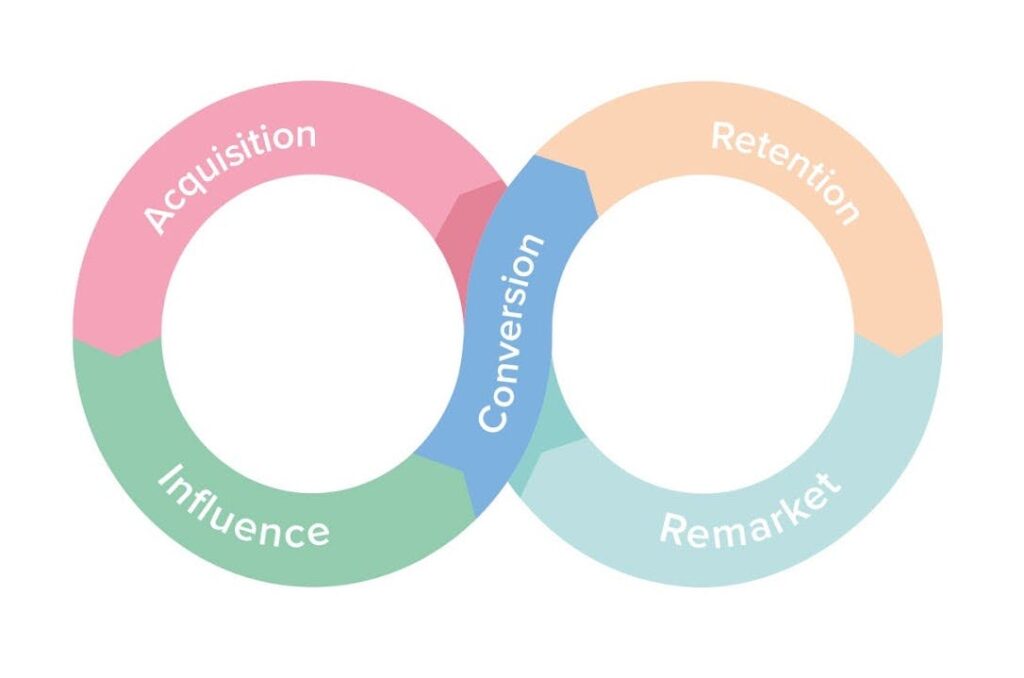
At each stage of the customer journey, you want to take the time to get to know your customers, to build customer empathy for them, and to understand what moves them.
This insight will help you create more meaningful personalisations for them, which will lead to more conversions.
Let’s take a look at the questions you need to ask and things you should consider at each stage of the customer lifecycle.
Acquisition
This is the very first interaction a customer will have with your brand – and first impressions count.
In this stage, you want to use personalisation and intelligent delivery of your key messages to present your store as the initial solution to their problem.
Think in terms of ways of entry, data collection and purchase inspiration. Optimising each of these touchpoints will ensure first-time visitors are greeted with a memorable, engaging and useful experience that encourages them to progress through the buying process.
Influence
Now the customer is aware of your offering, you want to find the best solution or product for them.
This is the stage where search functionality is key. Customers want to know how you’re different from your competitors and find the products that will best suit them.
With an AI-powered site search, users can browse across different product categories to learn more about the products you offer and find the items that are right for them.
Provide the answers and support your customers need to commit to a purchase with Quick Links embedded in your search results leading to pages devoted to your delivery and return policies, payment providers and FAQs.
Search promotion units in your search box will also allow you to add messaging that inspires and encourages shoppers to interact with your products.
An optimised on-site Search facilitates inspiration and product discovery whilst providing the information customers at this stage of the buyer’s journey are looking for.
Conversion
The point of conversion is the key to the entire buying process.
At this stage, any last-minute hesitations can be solved by a real-time messenger service.
Replicating in-store assistance, online, messenger services allow retailers to inject empathy in real-time.
Answering queries and removing barriers to purchase, an on-site messenger streamlines the buying process by offering genuine support and real customer convenience.
Empathy is a crucial tool at this stage of the buyer’s journey, sometimes making the difference between a sale and a lost opportunity.
Retention
Once a customer has purchased from you, increase the likelihood of a repeat purchase and create loyal customers by continuing your smooth customer experience.
Instil confidence in your brand with seamless delivery and returns policies to ensure customers return to purchase time and again.
At this point, you can also leverage reviews and social media to reinforce your brand to new customers and foster brand loyalty.
Retargeting
To successfully maintain a relationship with your loyal customers, you’ll want to continuously reaffirm brand identity, values and ethos to tie people back into your campaigns for deeper user engagement and an improvement in ROI.
This can be achieved by taking a single customer view to your email retargeting rather than a batch-and-blast approach.
Think about what your customers would like to receive before hitting send on every email. Is your email adding value? Is it relevant to everyone who is receiving it?
By segmenting your subscriber lists, you’ll be able to deliver targeted content that is relevant and helpful to your customers.
And remember to avoid fatiguing your audience – don’t email them every day. Spreading out your emails will ensure they each have a greater impact.
Where to start with empathy in eCommerce
By considering what the customer will value at each stage of the buyer’s lifecycle, you will create more meaningful customer journeys, which will lead to more conversions.
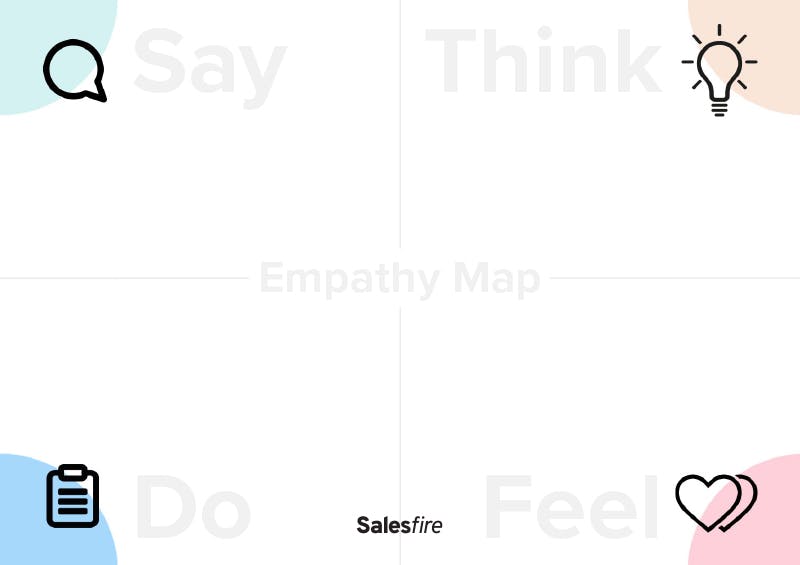
To get started, have a go at filling in our empathy map for your customer journey. Consider what your shoppers are saying, thinking, doing and feeling as they move through the buying cycle to better. You can then use this to inform your messaging, personalisation and CRO strategy.
Download your copy of our empathy map.
In our first webinar, Charlie Gibson and Josh McGregor discuss their take on humanising the customer experience online, covering topics such as
• Using empathy, intuition and data to develop a hypothesis of what customers want.
• The journey to thoughtful communication.
• Using brand personas to identify what your customers may say/do/think/feel when using your website.
• How to strategise Black Friday in 2020.
You can catch up on our Empathy in eCommerce webinar whenever you like below.
See how Salesfire can help you optimise your product discovery experience, email one of our experts at [email protected] or book a free demo of our personalisation tools.

